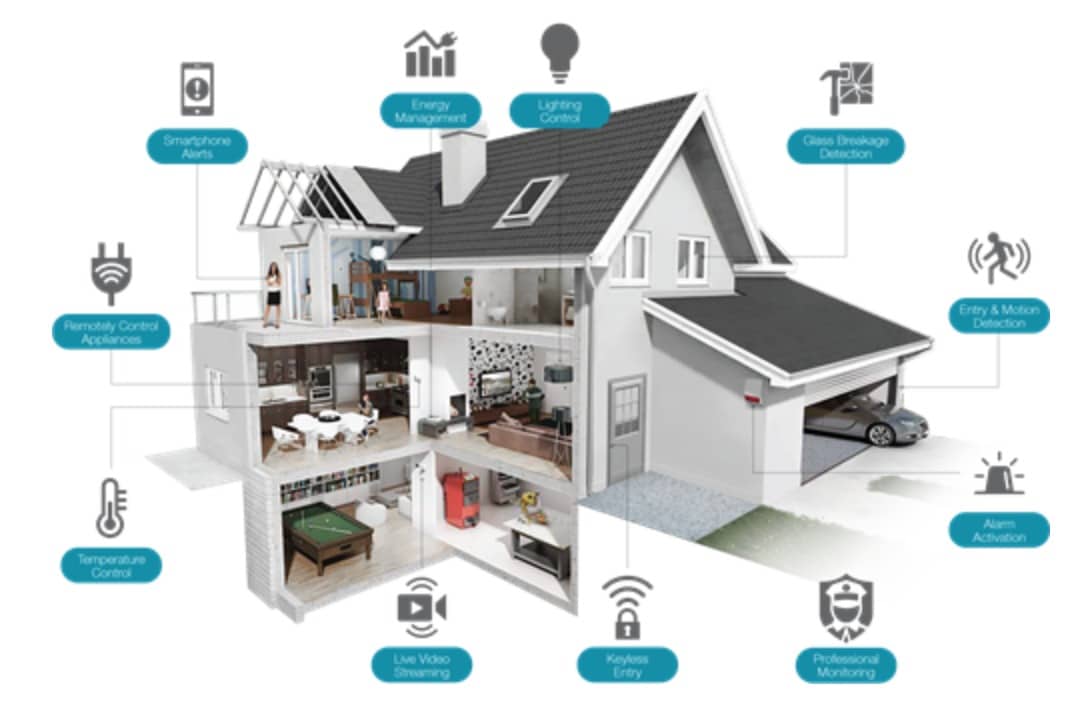Smart devices, like Amazon Echo and Google Home, promise to become the main interface between humans and computers in the 2020s. According to an article published in Strategy Analytics, the smart speakers market is expected to exceed USD 103 billion in sales in 2024 and reach US $ 157 billion by 2023. On the other hand, by the end of 2018, there were already more than 200 million households with at least one intelligent voice interface. By the end of 2023, that number is expected to increase to 6.4 billion.
We can risk saying that the smart speakers will be the new smartphones. Remember that the first iPhone was launched in 2007? That is, less than 12 years ago, a smartphone was something we didn’t even imagine using. Today, when we forget our cell phone at home, we feel naked, as if we have forgotten documents or even our wallets. In a short time, the same will happen with the voice applications market. Brands that do not have this technology on platforms such as Amazon Alexa or Google Home will become invisible to consumers, as will companies that currently do not have a website or application. And, even more, the focus of the new market is precisely our homes, where we spend a large part of our time!
Companies have already realized the relevance of a world mediated by voice applications. IKEA, for example, announced this year a new division of smart homes that will exclusively take care of the Swedish company’s project development for the ‘house of the future’. As the leader in furniture and decoration sales in several countries, IKEA is more than a bed and sofa store. It is a platform used by one billion people worldwide. From smart lamps to curtains operated by voice commands, IKEA is positioned to work with suppliers of Artificial Intelligence platforms, such as Amazon, Google, Apple, and Microsoft, to create the 21st century home.
The development of voice applications will revolutionize not only the consumer market but will change the way we schedule a medical appointment, how we communicate with a customer service or how we care for our elderly. In fact, longevity (hyperlinking to the first article) and smart homes is a combination that makes a lot of sense from an economic point of view and companies know that. They are focusing on a spectrum of the population that, in the coming decades, will be more time at home, working or retired, and with more time to enjoy the comforts that this technology can provide.
According to eMarketer, in the United States, only 7.3 percent of the elderly population uses an intelligent voice interface. Over time, more and more elderly people and their caregivers will be able to use smart devices for memory exercises, to take care of mental health, for emergency calls or simply to remind them of the right times to take their medication.
The challenge for the coming years will be how to create relevant and simple to use services on voice interfaces and how to integrate the ubiquitous screens into conversations. Despite Amazon sales skyrocketing, Google was faster and integrated voice across all of its interfaces, from its Android smartphone system to TVs and finally to wristwatches. This ensured that more than 1 billion devices with the Android operating system are now able to dialogue with humans.
In addition to these multinationals, we have Apple Siri, Samsung Bixby, and Microsoft Cortana, among other American and Chinese platforms being developed. We don’t know which one will have the largest share in the share of conversations in our homes, but one thing is certain- we will spend more time talking to inanimate objects inside the home in the next decade.

